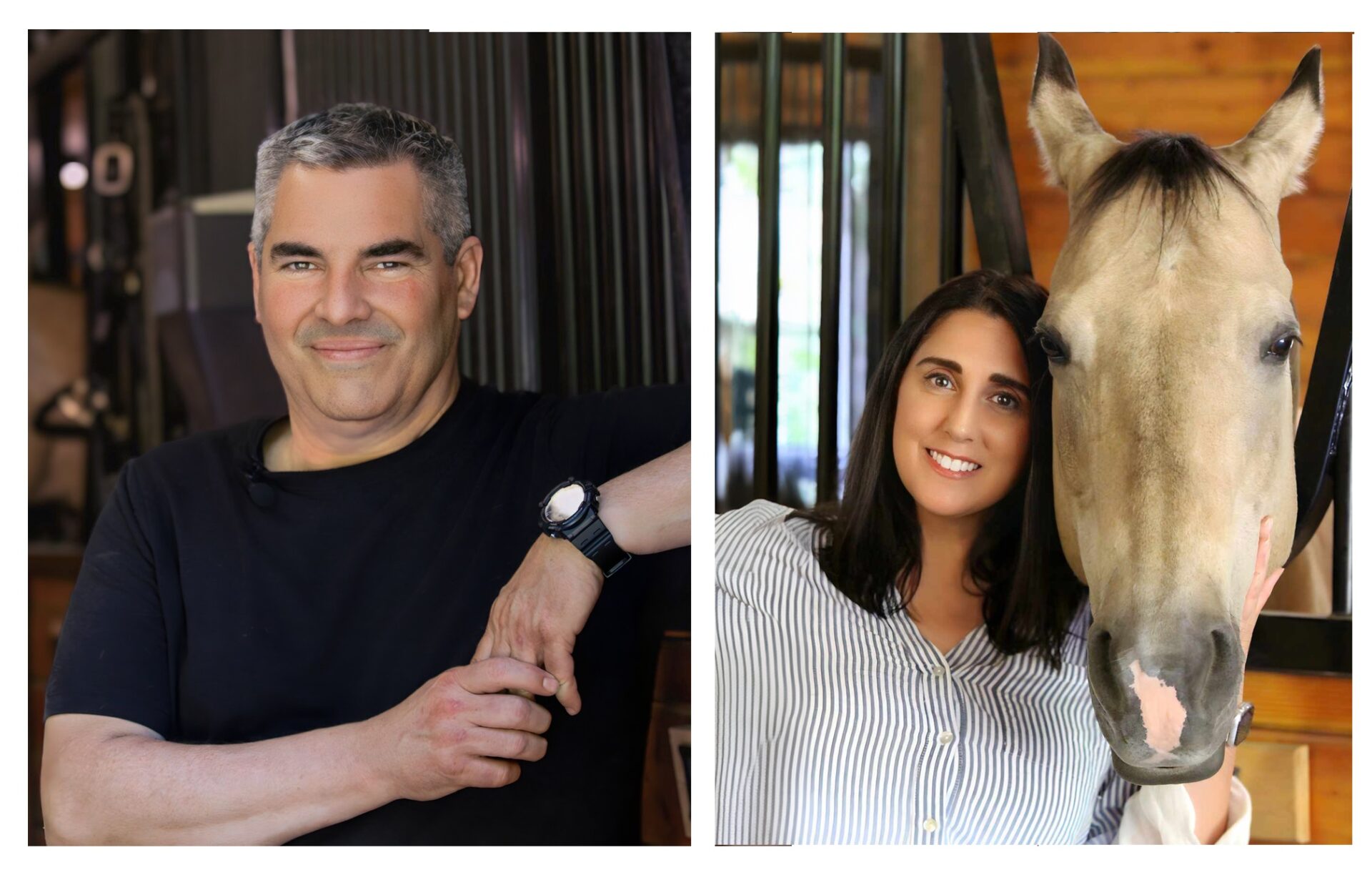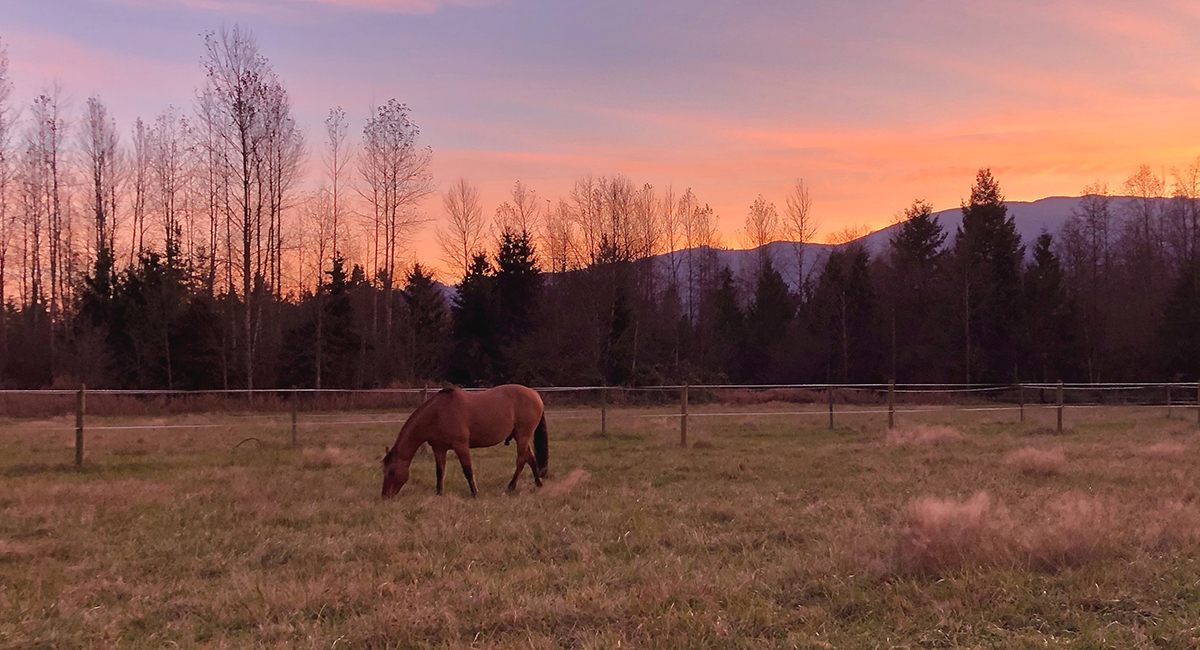Knowing How Equines Perceive Light Helps Us Better Understand Their Behavior
Light gives us the ability to perceive our surroundings, it shows us beauty and majestic things, and is essential for life itself. Without light nothing would exist that does exist. We cannot stop the sun rising or setting but we can use it to change our world, especially the world of the horses we care for.
What is Light?
In physics light is both a wave and a particle. As a wave, the frequency of light can excite molecules around it in different ways whereas, being a particle, the way it bounces off an object can have a different effect.
This is important to us and our horses because of the way both of those things affect that which light interacts with, specifically objects and the color of those objects. Certain colors may be more exciting to horses than others because of how the waves reflect off those objects, and different light levels may be too intense because of the number of particles that bombard their eyes at certain times of the day. All these unique properties of light can play a huge role in how horses perceive their world.
How Light Changes Perception
Light not only illuminates objects so we can see them, but it also affects how we perceive the objects we see. We know that our horses see colors differently than we do1, so it’s good to ask then how light affects how our horses perceive those colors. Along with differences between us in perceiving color, horses also seem to perceive light and the effects of light on objects better than we do.2
Horses are crepuscular, meaning they are most active during the dawn and dusk hours. The reason for this may be how they perceive light. Eyes have a reflective layer, called the tapetum lucidum, behind the retina that reflects light back into the retina. This reflective layer is more developed in the horse eye compared to the human eye, reflecting light more efficiently and giving horses enhanced sensitivity in low light conditions, like that at dawn or dusk.
Having a more developed tapetum lucidum is coupled with the fact that horses possess more rods in their eyes than we do, giving them greater night vision ability than humans. Rods are those things which determine light vision (or, how well the eye sees in different light levels) while the cones in the eye determine color vision (distinguishing one color from another).
Having better night vision has its benefits. On a dark trail, where human vision can be limited, our horse can still see the trail (or a predator for that matter). However, this quality also makes horses more sensitive to bright lights, like the noonday sun or security lights that come on at night.
Looking Through Their Eyes
We must then consider how horses react to different light conditions in the environment we create around them, and also in how we care for them. One reason that horses may be more active in lower light conditions is because they can perceive the colors of the grass better, thus allowing them to choose better between fescue or orchard grasses, or between a weed and a grass blade. They may also be able to better see how healthy one patch of grass is by its color over another. Turning them out to graze during the early morning or evening may give them better security than turning them out at midday in the bright sun.
Light levels in their stall should also be considered, and how they perceive the colors of the objects in their stalls. Does that shade of blue look blacker in evening, limiting them from finishing their dinner? Does that hue of brown look redder in the morning light, delaying their drinking?
Light is perceived by horses differently than us, so looking at their world with these things in mind will go far in helping them feel safe and secure.
References
1. “How Horses See Color”, Hipp, M., Doulgerakis, V., Northwest Horse Source, July 2024. July 2024 – The Northwest Horse Source Magazine (nwhorsesource.com)
2. Roth LS, Balkenius A, Kelber A. The absolute threshold of colour vision in the horse. PLoS One. 2008;3(11):e3711. doi: 10.1371/journal.pone.0003711. Epub 2008 Nov 12. PMID: 19002261; PMCID: PMC2577923.
See this article in the September 2024 Online Digital Edition:
September 2024

Michael Hipp is a lifelong student of the horse, from his childhood in Texas ranch country to his work with conservation districts all over Washington State protecting natural resources while also improving the lives of horses and their human companions. Hipp Equine Consulting serves horse owners across the country as well as conducting workshops at local stables on property management, horse behavior, chore management, and many other practical topics. [email protected] | (425)-314-9980
Victoria Doulgerakis studied interior design at the University of Alaska and in 2017 started her own color consulting business, Colorpsych, in Lynnwood, Washington, focusing on the psychology of color and how it’s perceived and affects emotional health and personal space, both for humans and horses. colorpsych.com






